The windshield wiper is a device we always see but never notice. It serves dutifully in trillion of vehicles around the world, cleaning windshields from rain and dirt, and keeping the passengers safe. In this second article in a new series about windscreen wipers, we take a look at the wiper’s development towards the modern era. In the first part we looked at the early inventors of windshield wipers. In the third part, we will look at windshield wipers as they are today in the modern era. In the fourth part we will compare different kinds of windshield wiper blades and windshield wiper configurations.
Towards The Modern Era
William and Fred Foberth
The modern era of the windshield wiper starts with William and Fred Foberth, two inventive brothers living in the City of Cleveland, Ohio. In 1919 they applied for a patent for an “automatically operated windshield cleaner”. This was the first fully automatic windscreen wiper system for automobiles. The system was vacuum-powered: compressed air coming from a vacuum tank ‘fueled’ the wiper motor, which in turn propelled the wiper itself. The patent was granted in 1921.
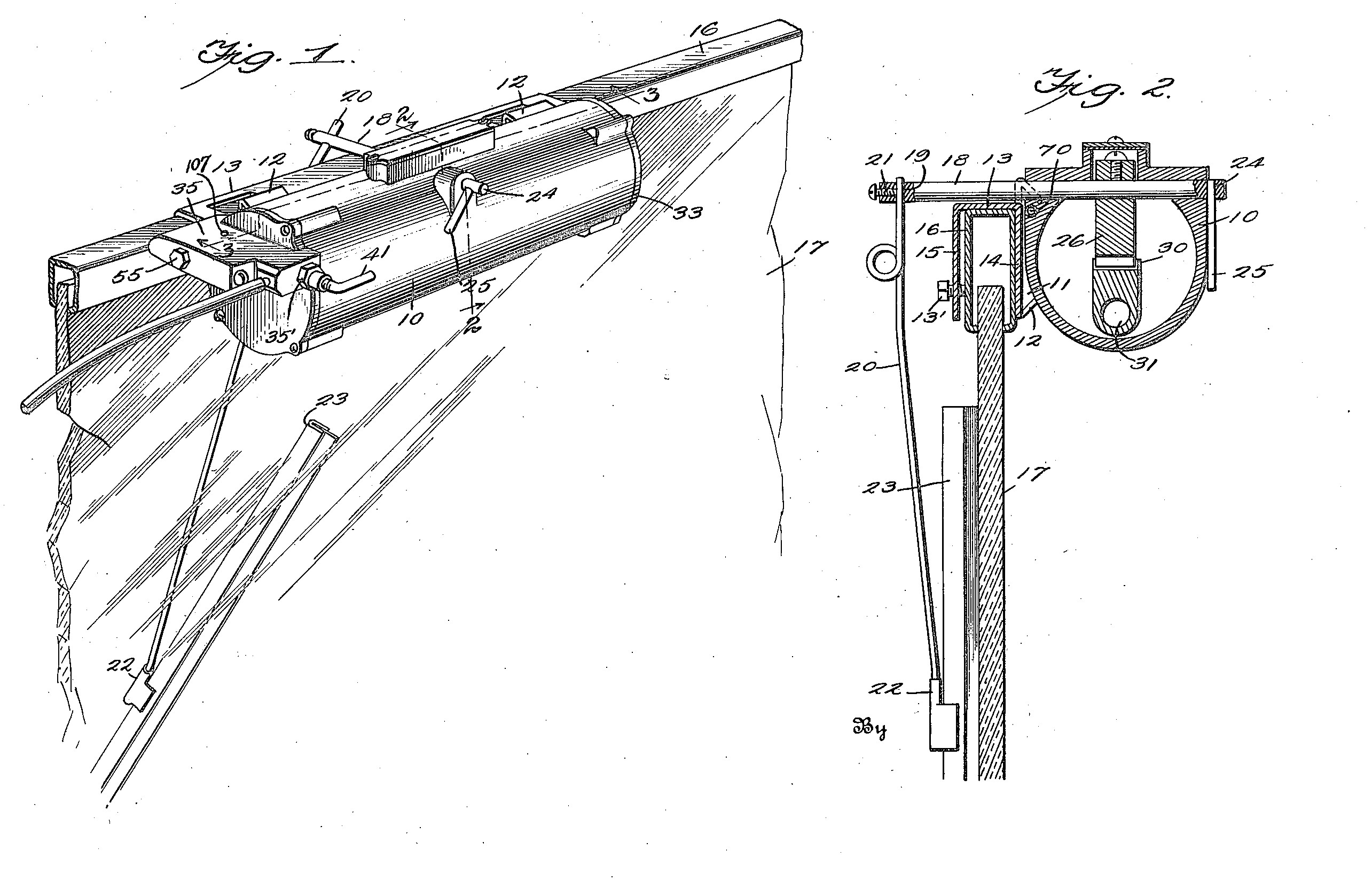
Like with many older windshield wiper systems, Folberth’s wiper was hinged from the top of the window. The vacuum tank and motor where housed in a cylindrical pod, attached on the inside of the window’s top edge. An axle (fig 1&2 at 18) connected the motor with the windshield wiper arm on the outside of the window (fig 2 at 20). The arm was attached to the windshield wiper blade with a single joint. The entire drive train of the wiper was placed on the inside of the window, which, according to the inventor, made for improved reliability in cold weather conditions.
In 1922, the Folberth brothers founded a company for the production of their windshield wiper system. The company, Folberth Auto Specialty Corporation, was immediately successful and only three years later the brothers sold it to fast-expanding Tri-Continental Corporation, or Trico. We met Trico in the first part of this series, this company bought many other windshield wiper patents and small manufactures, and would eventually become the largest windshield wiper maker in the world. However, William Folberth didn’t stop inventing windshield wipers:
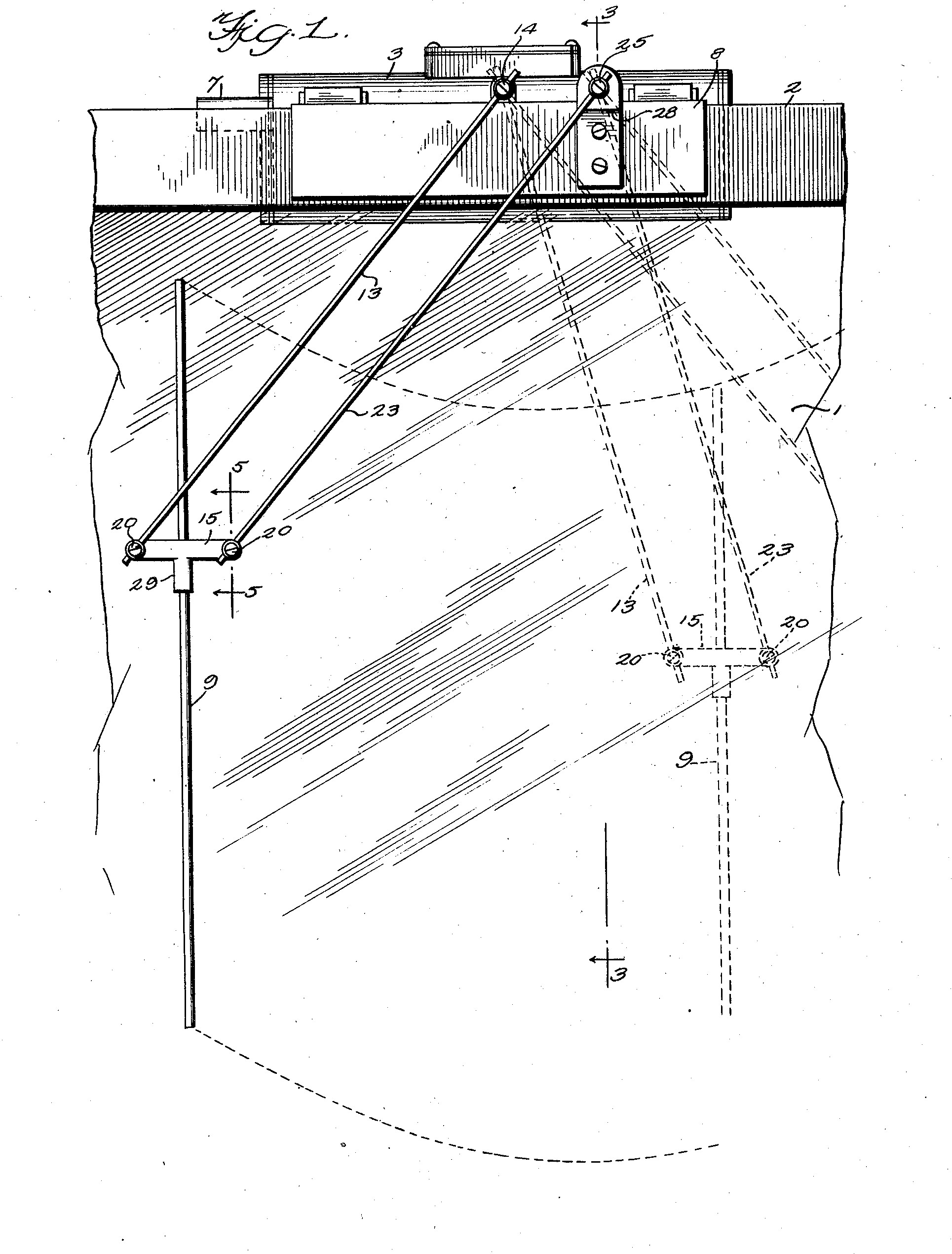
In 1922 the William and Fred developed an improved variant of their windshield wiper. The power unit was the same as in 1919, the invention lay in the wiper itself. The motor now powered two windshield wiper arms (at 13 and 23), instead of just one. The arms connected to a T-shaped rod (at 15), which held the wiper blade. The invention allowed the blade to wipe over a wider arc, and thus a broader sweep over the window, cleaning a much larger area of the windshield.
Raymond Anderson
The next important windscreen wiper inventor was Raymond Anderson, living in Cleveland too. Cleveland was, so it seems, the epicenter of windshield wiper development in those days! In 1923, Anderson applied for patent for a “motor operated windshield cleaner”. This rather basic name hided not one but two important inventions:
1. The intermittent windshield wiper. This is a wiper that operates in timed intervals rather than constantly. The driver of the automobile was able to set the length of the interval between the wiper’s sweeps. The great advantage of this was that the wiper spend less time on the window, most notably in conditions of moderate rain, resulting in a better view for the driver and less wear for the wiper.
2. The electric motor. As described above, earlier designs used a vacuum-powered motor. Mr. Anderson believed such a motor was too heavy and invented an electric motor instead. He apparently felt quite strong about this. In his patent application, he called the weight of the vacuum motor “excessive”. The electric motor was powered by the car’s battery. The battery was located elsewhere in the vehicle, and connected to the battery by wiring. The advantage was that the wiper unit on the window itself was small and light, especially compared to the Folberth windshield wiper system, which had the motor and power source in one pod atop the window.
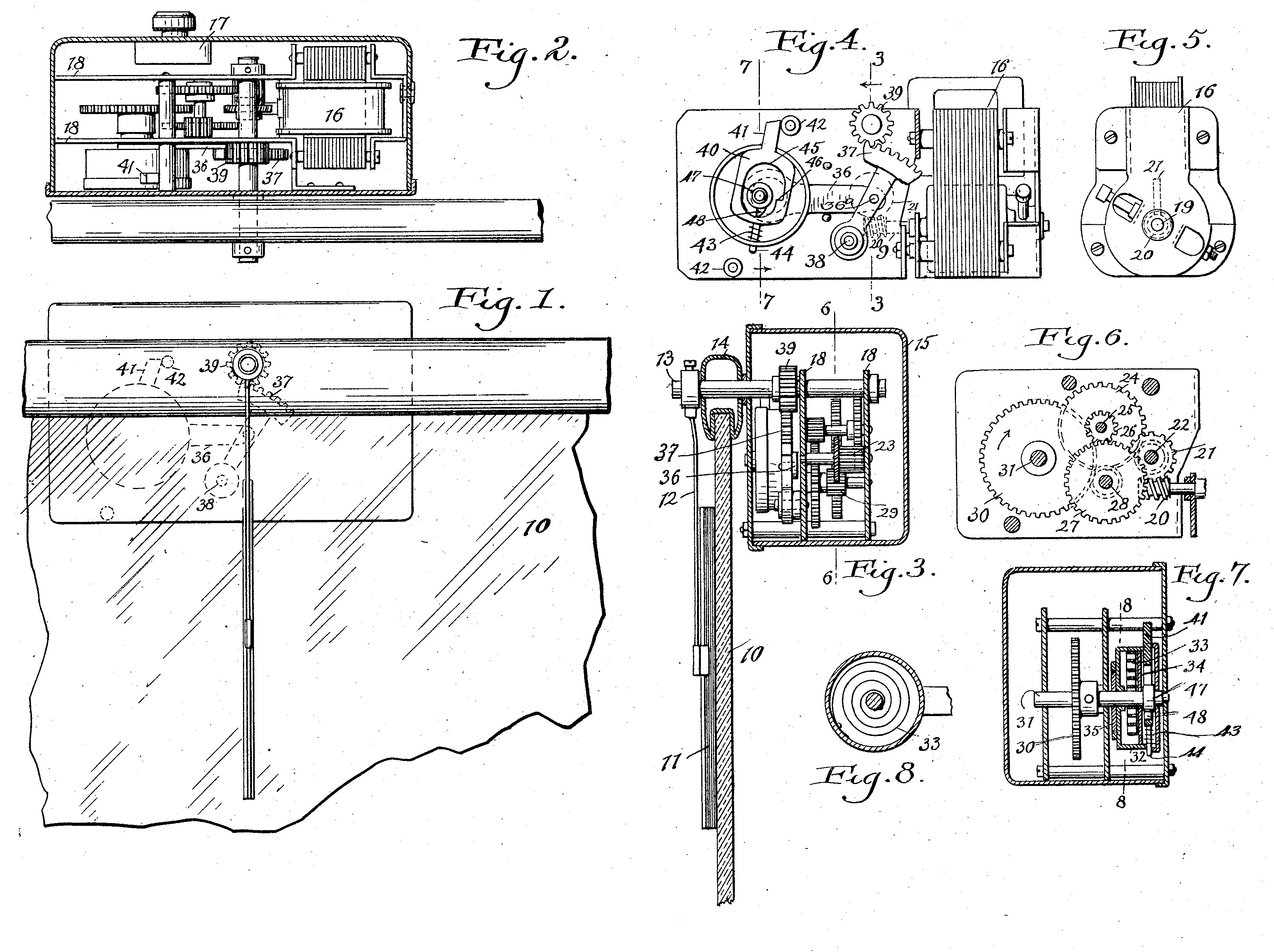
The windshield wiper system was still hinged from the top, but the pod that houses the electric motor is indeed a lot smaller. However, where size was lost complexity was added. The gear train for the intermittent wiper system worked with a series of connected shafts, pinions, and drums (fig 2 – fig 7). The switch to control the mechanism was located at the back of the pod (fig 2 at 17). The motor drove the axle (fig 3 at 13), which was connected to the windshield wiper arm that held the blade. The blade itself was a rather simple affair, single arm and single blade.
Robert W. Kearns
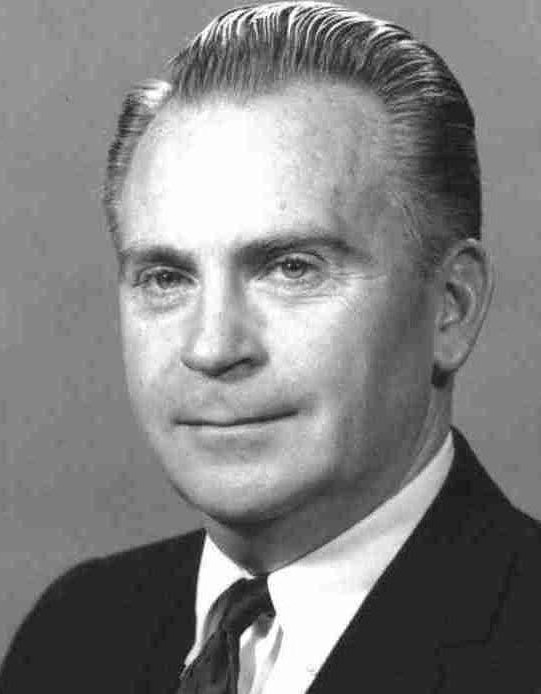
After 1922, there was a long lull in windshield wiper development. Existing designs were updated and improved, but nothing truly new appeared until 1964. In that year, inventor Robert W. Kearns, living in Detroit, Michigan, applied for patent for a “windshield wiper system with intermittent operation”. As we have seen, intermittent wipers were first invented by Raymond Anderson. However, Anderson’s system was manually operated; it was up to the driver to regulate the interval between wipes, and to switch the system on and off. Kearns invented an intermittent operation system that was partially automatic. The driver was still had to switch the wipers on, but the system was able to regulate the intervals all by itself, and could also turn itself off. The ingenious system worked with “responsive wipers”. Electronic sensors in the wiper motor measured the amount of drag encountered by the wiper blades while moving over the windshield. Basically: less drag = wet. More drag = dry. When drag got less, the system would shorten the intervals. When drag got worse, the system would lengthen the intervals and eventually shut down. Furthermore, Kearns also invented a single-motor twin-wiper system, where a single motor would power two, or more, windshield wipers. This was again a huge improvement over Anderson, where each wiper required a separate motor.
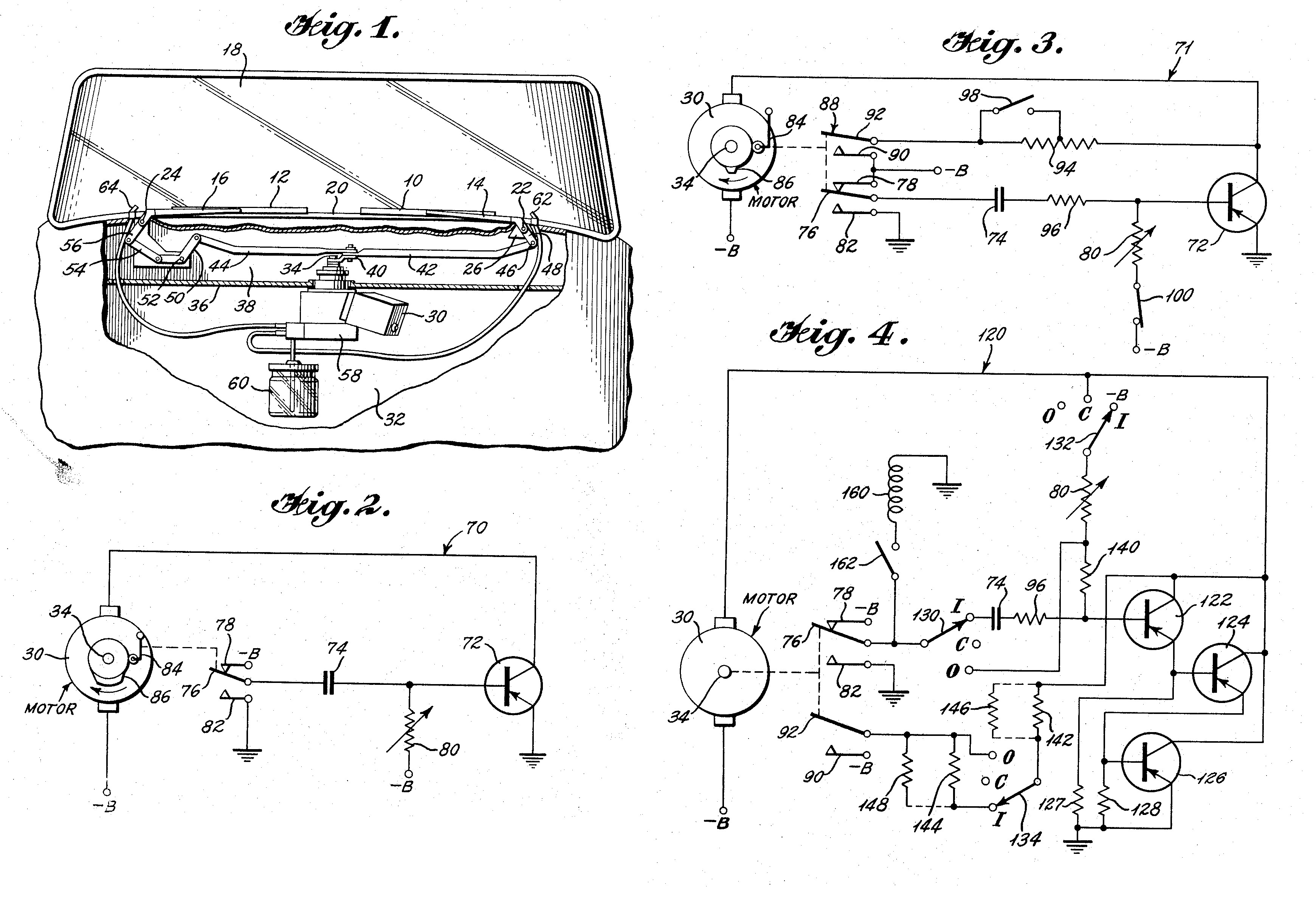
Finally, the windshield wiper system was based at the bottom of the windshield, with a single motor unit (all fig at 34) powering two connecting links that in turn connected to the wiper arms and then on to the wiper blades. Figure 2, 3 and 4 are schematics of the control circuits for the intermittent-wiper system, with the windshield wiper motor always at 34. The travails of Mr. Kearns after he invented his windshield wiper system are a story all in itself: he showed his invention to the Ford Motor Company, which rejected his ideas. However, in 1969, a similar system suddenly appeared on high-end Mercury-branded cars. Kearns sued Ford and the subsequent court battle only ended in 1990, with a win for the inventor. The long running dispute between a lone inventor and a giant corporation inspired the 2009 movie Flash of Genius, a must see for everyone interested in the windshield wiper business.
And that brings us to the end of this article, and into the modern times. Next up in the series: the windshield wiper today.